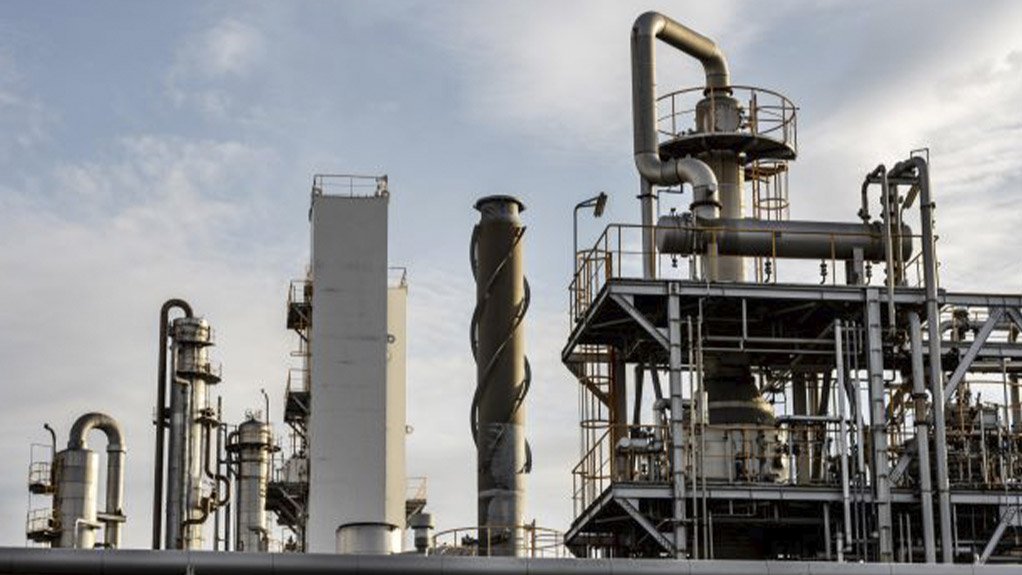
A fire that broke out at the KZN Resins factory in Durban at the end of August has placed the spotlight on the extreme hazards associated with the chemical-processing industry (CPI), comments ASP Fire CEO Michael van Niekerk.
These hazards can quickly lead to a cascading sequence of events, resulting in a potentially catastrophic loss. Here fire protection systems should be designed in conjunction with, or in consideration of, the respective Process Hazard Analysis (PHA). It includes identification of critical equipment needed to prevent any catastrophic loss, and will ultimately estimate the likelihood and severity of any unwanted releases.
To meet the fire protection objectives and loss mitigation, both passive and active fire protection features and systems should be implemented. Common and effective features include both passive (functional features as in drainage systems) and active (mechanical, as in a sprinkler or deluge system.)
Some chemical fire retardants interrupt the chemical reaction in the gas phase of combustion, for example halon and PhostrEx, whereas others break down the polymers in the solid phase of combustion so that these melt and flow away from the flame. Other solid-phase chemical fire retardants cause a layer of carbon char to form on a polymer surface that is very difficult to burn. Intumescents are materials containing chemicals that cause swelling up behind the protective char layer, providing even more insulation.
A system not designed for the storage of flammable liquids, particularly in plastic containers, whether stored in racks or on the ground, poses a risk for multiple fires starting together within the storage area, and can lead directly to the failure of the best fire systems installed, warns van Niekerk.
In terms of the specific measures required to combat such a fire, no two firefighting operations are the same. “However, one thing always remains constant. In order to save lives, firefighters must first protect their own lives,” stresses van Niekerk. Therefore, the equipment they select has to be robust, reliable and fail-safe, even in demanding conditions, and firefighters must be familiar with their equipment.
Every second in which the body is depleted of oxygen or exposed to high concentrations of toxic substances can result in acute or lasting harm to health. Wearing Self-Contained Breathing Apparatus (SCBA) is essential, as well as flash hoods or hooded masks to protect one’s eyes. Firefighters must always ensure their equipment is well-maintained and should clean it thoroughly after each use.
ASP Fire provides a turnkey service whereby sound fire-engineering principles are applied to ensure that the design complies with the life, property and environmental fire safety objectives required by law. Thereafter, its accredited fire technicians will install the recommended system design and, finally, technicians will maintain the system at the suggested intervals as determined by the applicable bylaws.
“Essentially the legislation is concerned, quite simply, with the need for all buildings to be designed, constructed and equipped so that, in the event of fire, the risk of life and to the buildings themselves is preventable. If a fire does break out, the fire prevention system must be efficient enough to mitigate the fallout of said fire,” explains van Niekerk.
The necessary fire protection regulations are contained in SANS 10400: Part T Fire Protection, published by the South African Bureau of Standards, which compels all responsible parties to protect the constitutional right of people to an environment that is not harmful to their safety or well-being.